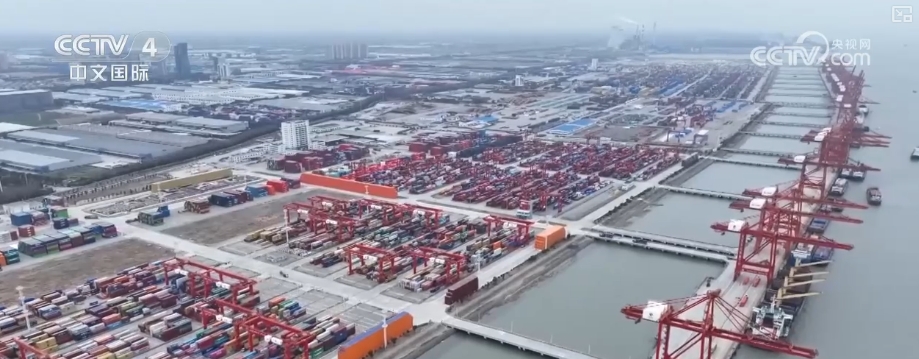It Is Difficult For Huida Sanitary Ware To "recover". No One Interested In The 144 Million Yuan Listing, But It Has No Choice But To Terminate The Transfer Of Equity And Debt Rights Of Guangxi New Goldman Sachs
It Is Difficult For Huida Sanitary Ware To "recover". No One Interested In The 144 Million Yuan Listing, But It Has No Choice But To Terminate The Transfer Of Equity And Debt Rights Of Guangxi New Goldman Sachs
Shenzhen Business Daily·Readchuang Client Reporter Ning Kejian On September 26, Huida Sanitary Ware (603385) disclosed the listing progress. On September 12, the company and its holding subsidiary Beiliu Xinshengda opened the Beijing Equity Exchange Center with 1
Shenzhen Business Daily·Readchuang client reporter Ning Kejian
On September 26, Huida Sanitary Ware () disclosed the listing progress. On September 12, the company and its holding subsidiary Beiliu Xinshengda publicly listed 100% of the equity and debt of Guangxi New Goldman Sachs at the Beijing Equity Exchange Center at the initial listing price of 144 million yuan.
As of the expiration of the first listing period on September 25, the company has not yet recruited intended transferees, and the listing transfer process has been terminated.
Huida Sanitary Ware said that the company will discuss the sale plan of Guangxi New Goldman Sachs' equity and debt as soon as possible and submit it to the board of directors for review.
Previously, the company held the eighth meeting of the seventh board of directors on September 4, and reviewed and approved the "Proposal on the Proposed Public Sale of 100% Equity and Creditor's Rights of Guangxi Xingaosheng Thin Building Ceramics Co., Ltd.", and agreed that the company and the company's holding subsidiary Beiliu Xinshengda New Materials Co., Ltd. would publicly sell 100% of the equity and debts of Guangxi Xingaosheng Thin Building Ceramics Co., Ltd., and authorized the company's management to handle relevant matters.
According to data, Huida Sanitary Ware was founded in 1982 and is located in Tangshan City, Hebei Province. It started with sanitary ceramics and gradually extended to all categories of sanitary ware products. The company mainly owns brands such as "HUIDA", "Duffini", "LA'BOBO", "Porta" and "Creo". Among them, "Huida" is the main brand, and its business categories include sanitary ware, ceramic tiles, integrated kitchen and bathroom, etc.
Guangxi New Goldman Sachs is a high-tech enterprise whose main business is the R&D, design, production and sales of ceramic thin slate products. Huida Sanitary Ware mentioned that in recent years, Guangxi New Goldman Sachs has resisted pressure and moved forward. Currently, Guangxi New Goldman Sachs is in a state of suspension.
In 2024, Guangxi New Goldman Sachs' operating income accounted for 3.17% of the company's most recent audited operating income. This asset sale will not have a substantial impact on the company's main business and ability to continue operating.
In the first half of 2025, Huida Sanitary Ware achieved total operating income of 1.425 billion yuan, a year-on-year decrease of 9.94%; net profit attributable to the parent company was 17.9718 million yuan, a year-on-year decrease of 70.21%; deducting non-net profit loss of 29.8585 million yuan, a profit of 26.9085 million yuan in the same period last year; the net cash flow generated from operating activities was 9.1124 million yuan, a year-on-year decrease of 65.26%.
Huida Sanitary Ware said that the year-on-year decrease in the company's non-net profit was mainly due to factors such as conflicts in overseas regions, changes in tariff policies, lower export tax rebate rates, continued deepening of domestic structural adjustments, and insufficient effective demand. The gross profit margin of overseas export business has declined, and the revenue from the engineering business of domestic major customers has declined year-on-year. At the same time, the company made provision for asset impairment on some inventories and fixed assets.
The year-on-year decrease in net cash flow from operating activities was mainly due to the decrease in net receipts from sales and purchases of goods.





